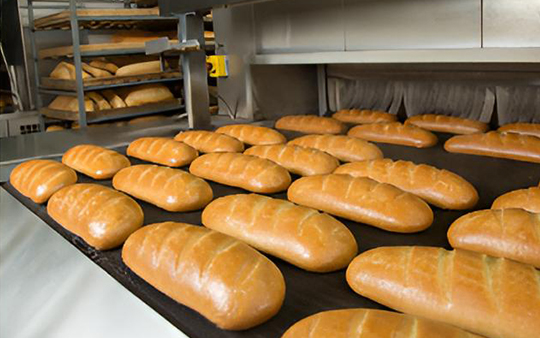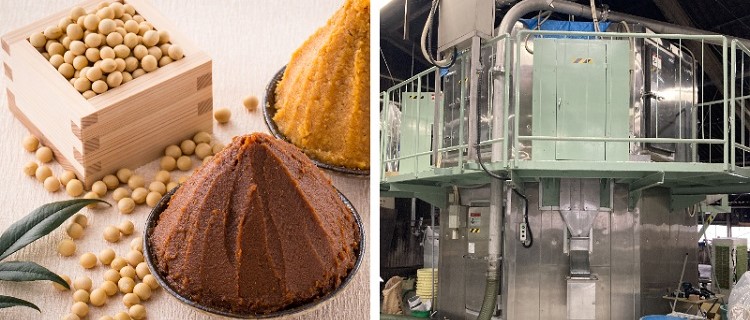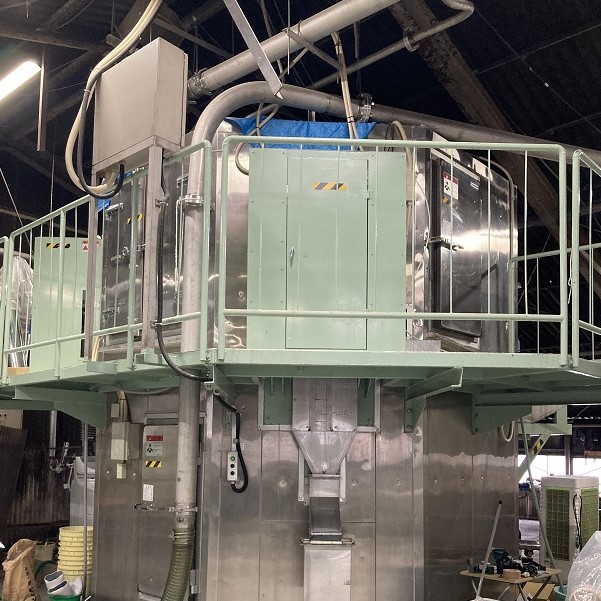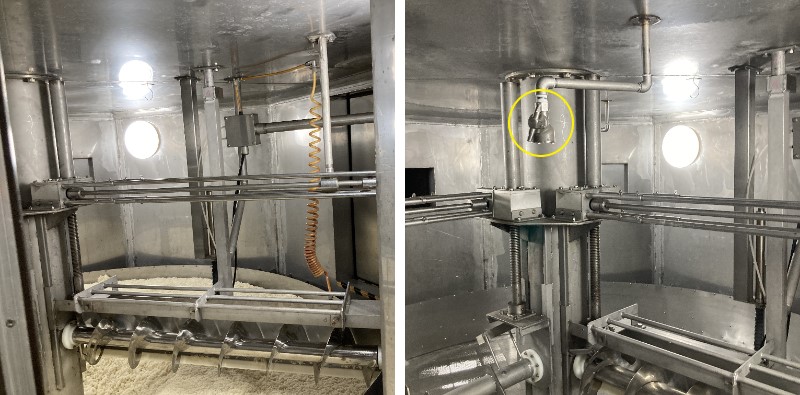
Spray Nozzles for Food and Beverage Processing | 10 Case Studies (Part 1)


Solutions or Products Featured
in This Case Study

At Kanemitsu Miso in Fuchu City, Hiroshima, Japan, operators were manually cleaned fermentation tanks used in the rice malt production process. The company’s organic, additive-free miso has earned an excellent reputation, with demand surging particularly in overseas markets. Exports now account for 90% of total sales, and rising orders have made labor shortages a pressing issue.
The fermentation tanks, measuring 3.5 meters in diameter and 4 meters in height, required cleaning every two to three days. Operators connected tap water to a high-pressure washer and manually cleaned the tanks, a process that took approximately two hours per tank. The customer sought to reduce cleaning time and reallocate labor to other tasks as a solution to address labor shortages.

After reviewing the operational requirements and conducting an on-site survey, we selected a 3D rotating nozzle with specifications tailored to the available utilities and proposed the optimal installation position. Additionally, we performed on-site testing using a sample unit, confirming that the cleaning performance met expectations.
 |
|
| Fermentation tank before nozzle installation | Fermentation tank after nozzle installation |